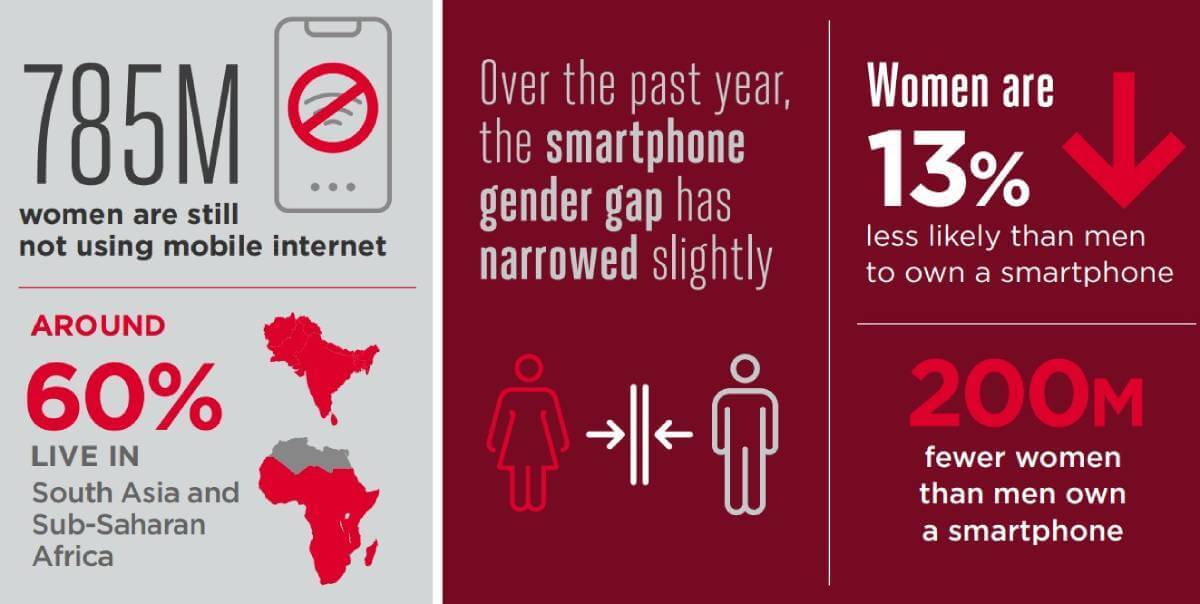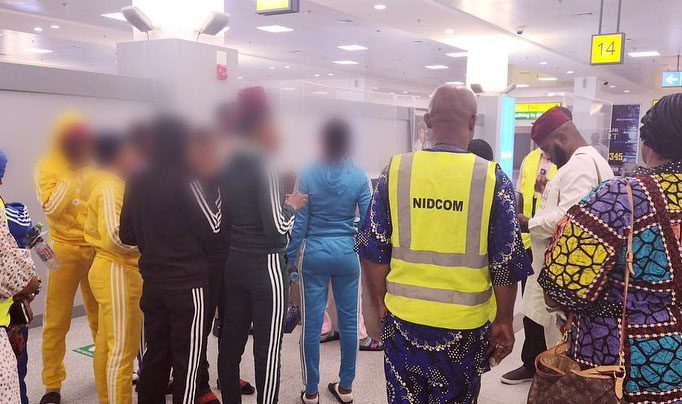 Adoption of mobile Internet by women in sub-Saharan Africa (SSA) and the rest of the world leapt slightly last year.
Adoption of mobile Internet by women in sub-Saharan Africa (SSA) and the rest of the world leapt slightly last year.
The GSMA in its yearly Mobile Gender Gap Report 2024, released at the weekend, found that there are now more women in low- and middle-income countries (LMICs) using mobile Internet than ever before – 1.5 billion (66 per cent) in total. By comparison, 78 per cent of men now use mobile Internet, but their rate of adoption slowed in 2023.
The gender gap in mobile Internet adoption across these countries also narrowed for the first time since 2020, due to women adopting it at a faster rate than men.
Across the globe, women are now 15 per cent less likely than men to use mobile Internet and of the 785 million women, who are still not using it, around 60 per cent live in South Asia and SSA.
GSMA noted that in SSA, women are 32 per cent less likely than men to use mobile Internet, an improvement from 34 per cent in 2017.
The report revealed that the proportion of women in the region who use the mobile Internet has also grown from 24 per cent in 2017 to 36 per cent in 2023, but there are still 202 million women not using the mobile Internet in SSA.
Speaking on the findings, the Head of Digital Inclusion at the GSMA, Claire Sibthorpe, said: “The reduction in the mobile Internet gender gap is promising but sustaining momentum is fragile. We are collaborating with the industry, policymakers and other relevant partners to address key barriers including affordability, awareness and digital skills.”
The report observed that for the Middle East and North Africa (MENA), the gender gap in mobile Internet use is smaller at 16 per cent in 2023, while 62 per cent of women in MENA are using mobile Internet compared to 43 per cent in 2017.
The 2024 report revealed some progress, with an additional 120 million women connecting to the Internet via mobile in 2023, 50 million more than in 2022.
SSA saw a slight narrowing of the gender gap for the first time in five years. In South Asia notable changes include India, where women’s Internet adoption rose to 37 per cent, narrowing the gender gap from 40 per cent to 30 per cent and in Indonesia where women’s rate of adoption exceeded men’s, reducing the gender gap from 15 per cent to eight per cent.
Findings from the report were based on results from over 13,600 face-to-face surveys across 12 LMICs, and subsequent modelling and analysis of the survey data. Out of the 12 countries highlighted, those in SSA included Ethiopia, Kenya, Nigeria, Senegal and Uganda as well as Egypt in North Africa.
The report is funded by the UK Foreign, Commonwealth and Development Office (FCDO) and the Swedish International Development Cooperation Agency (Sida) via the GSMA Mobile for Development Foundation, with research funded in part by the Bill & Melinda Gates Foundation.
The GSMA estimated that closing the gender gap in mobile ownership and usage across LMICs could deliver an additional $230 billion in revenue to the mobile industry over eight years.


















